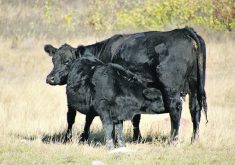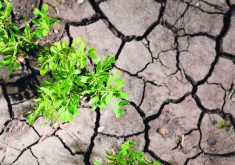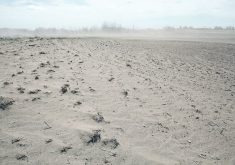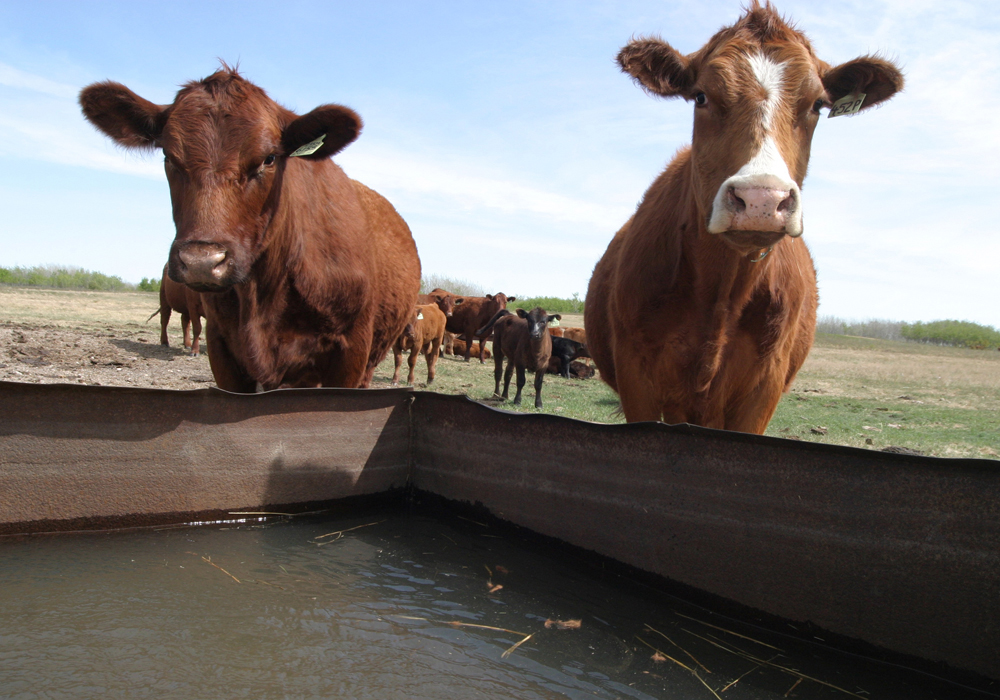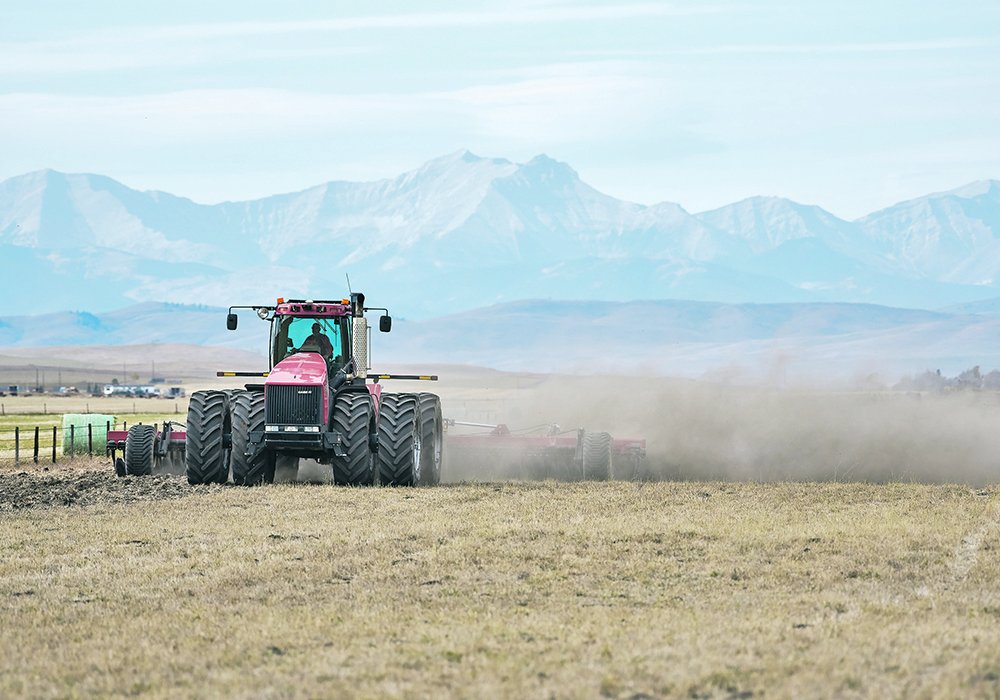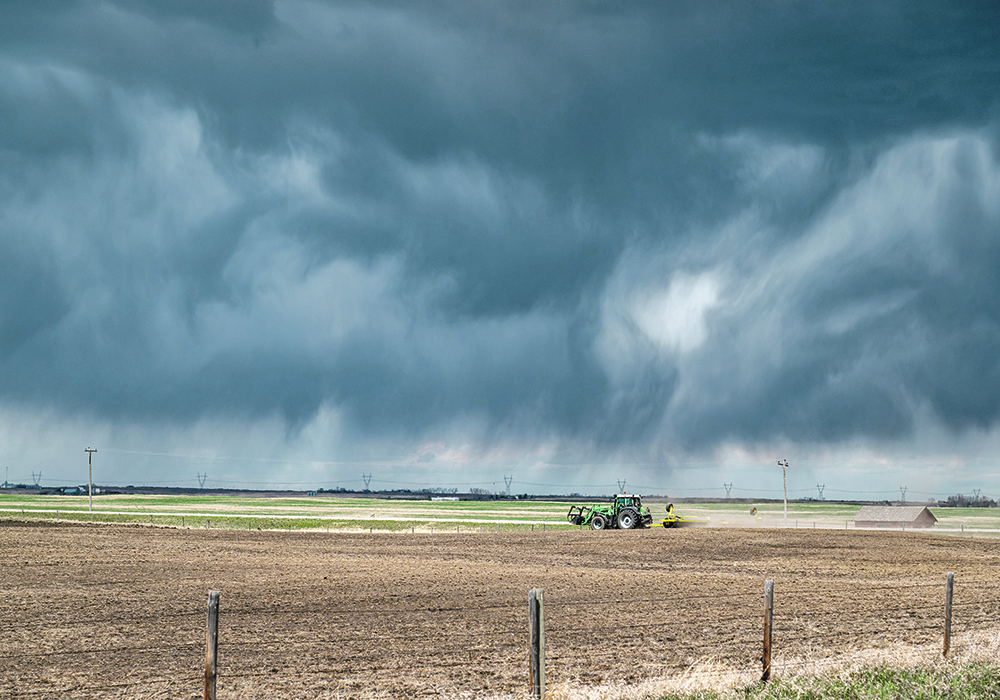Fruit growers in British Columbia, like farmers in many regions of the country, are battling a difficult growing season.
A phenomenon called a heat dome brought extreme heat in June, and although temperatures have eased somewhat since, drought and wildfires continue to hamper growth and harvest efforts of various fruits.
Glen Lucas, general manager of BC Fruit Growers’ Association, said so far, the heat has mainly affected cherries.
“The early-season cherries appear to have suffered about 50 to 70 percent damage,” he said.
“The mid-late season cherries, which are harvested until the end of August, appear to have suffered less damage, about 10 percent, but that is variable.”
Read Also
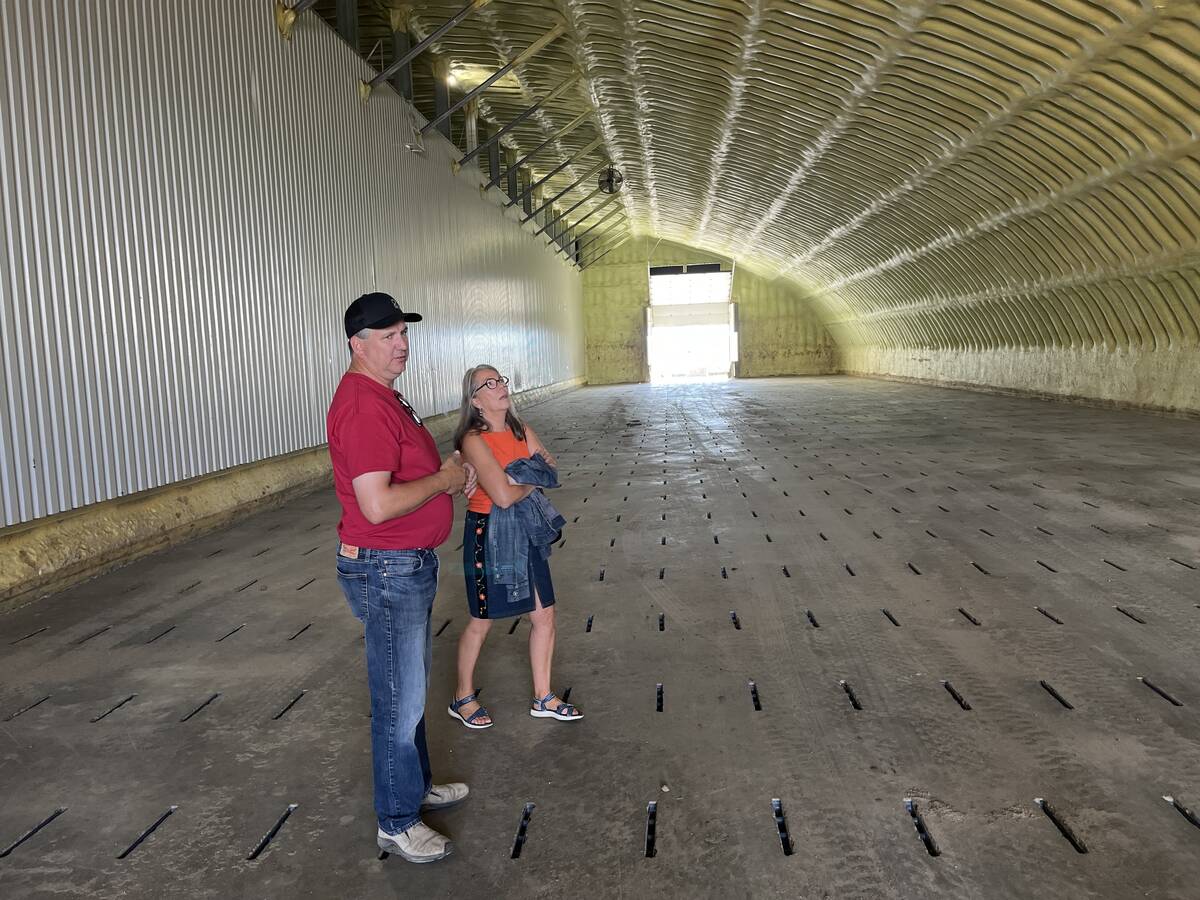
Potato farm requires year-round management
The most recent Open Farm Day in Alberta showcased agricultural producers across the province educating the general public about the process that is required is to get food to their table.
Apples are harvested in September and October, so it is less clear on how they have been affected.
However, Lucas said apples could see two types of damage.
“One is sunburn, and that’s where a part of the apple is actually scorched, it’s baked,” Lucas said. “And those apples are in the direct sunlight and then typically fall off after a few days. So there will be some crop loss from that.”
“The other type of damage is sun browning and that’s not always obvious depending on the colour of the apple and how bad the sun browning is, how much damage it’s caused. Those apples typically don’t fall off the tree so it becomes a problem judging are the apples damaged or not, and to what extent that damage will impact the storability of the apples.”
Lucas said fruit growers are bracing for another heat dome in early August, which could cause further damage to the apples and late cherries.
Laurel Van Dam, director of strategic initiatives with BC Tree Fruits, echoed what Lucas said about the heat dome.
“We’ve had hot days here before, and we’ve had a few hot days like that in a row but never the string that we experienced this summer,” Van Dam said.
BC Tree Fruits also lost cherries to the heat dome, and have sunburned apples, as well. But that isn’t to say the fruits that made it through are unaffected.
“The average size of our cherries is a little smaller than normal because the fruit trees, when it gets too hot they’re kind of like people. They don’t like to work in super-hot weather.”
But Van Dam said they’re doing what they can to minimize the harm.
“Our growers are doing an amazing job of trying to play with the cards that Mother Nature has dealt,” she said.
“They’d be going through right now and doing some thinning on their trees… they might be going through and picking off some of the damaged fruit so that the tree isn’t dedicating any energy to the damaged fruit.”
Lucas said damage to trees from drought could cause issues for next year’s growing season.
“We expect two impacts: one is that the fruit buds developed this year and then they grow next year, and so that development could be disrupted or hurt, interfered with by the heat. I mentioned about the trees being weakened, that could manifest itself next year in terms of tree loss.”
Forest fires polluting the sky with smoke is affecting harvest, as well.
“We’re not concerned about any taint to the fruit because it all gets washed but we need to be more careful with the farmers and their employees,” Lucas said. “Making sure to monitor their lung function and if they’re compromised at all with their breathing then they have to pay special attention.”
Lucas said this is in contrast to other years.
“So we have sent out notices to our members about that smoke and actually we sent it out at the start of July this year, and I was looking back to our previous year when we had the fire… and we didn’t send that out until the start of August in 2018, so we’re a month ahead on the heat and fire and smoke,” he said.
Kathleen and Werner Ott run Terra Nova Farm near Vernon, where they grow black currants. They were hoping to sell 1,000 to 1,200 pounds of currants, but lost 80 percent in the heat dome. They said if the unusual heat persists, it could be detrimental.
“We have not had a day’s rain since at least March-April in our region,” the farm said over Facebook Messenger. “The last helpful rainy period from a grower’s perspective was literally last June. Last winter’s snowfall here was barely 30 to 40 percent of normal.”
As well, smoke-filled skies caused by the fires are blocking the sunshine.






